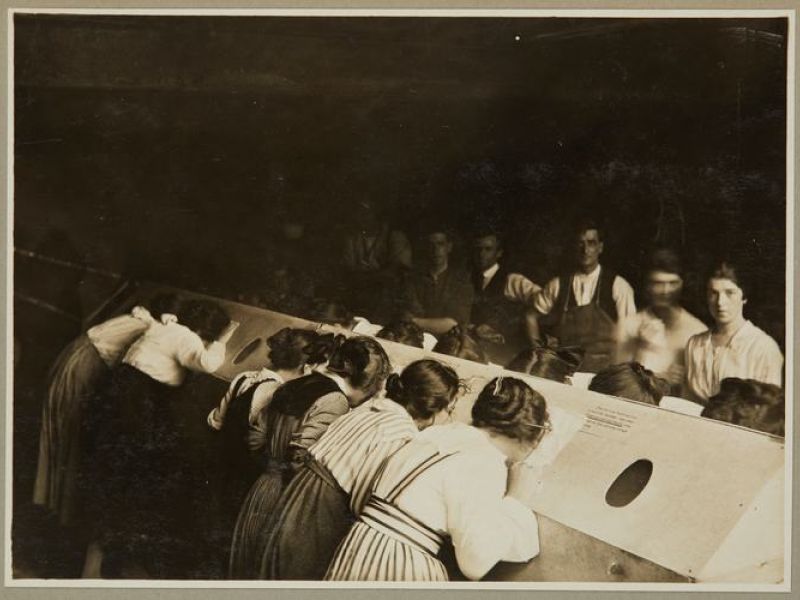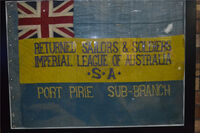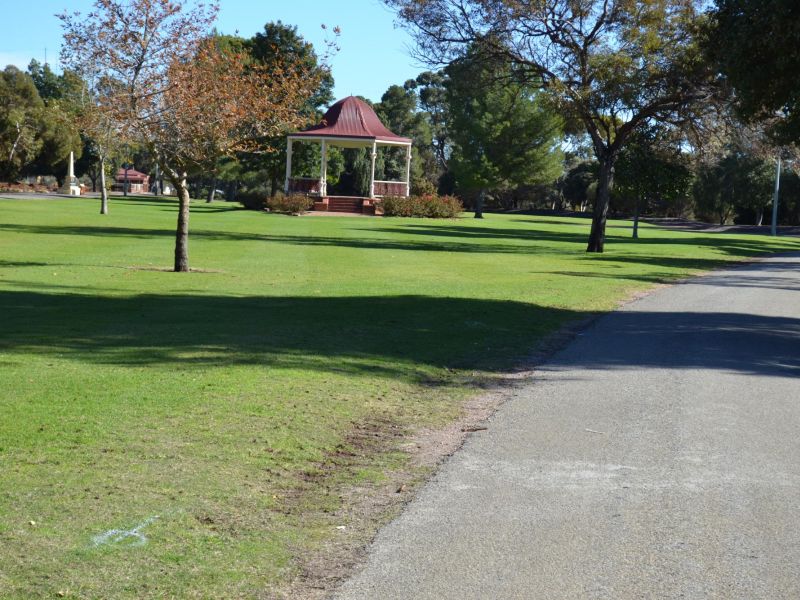Soldiers’ Memorial Park Inhalatorium
In January 1919, during the Spanish Flu epidemic, an inhalatorium was established in the north-east corner of Soldiers’ Memorial Park fronting Gertrude Street.
Here, the public were invited to submit themselves for treatment in the form of pressurised steam carrying sulphate of zinc solution. Once breathed in, it was thought that the steam solution would disinfect the person’s throats and air passages. Port Pirie’s population at this time was just over 13,000 people.
The 20ft x 14ft building was erected immediately opposite Messrs Bowden and Sons premises which supplied electric and steam power. The plant was supplied by the Broken Hill Associated Smelter (BHAS) in Port Pirie and its staff supervised the construction.
Carpenters worked night and day on the building to complete it by Saturday 1st February 1919, for a short trial run by BHAS staff. Some minor details were given attention before the inhalatorium opened.
100 people per hour could enter the building for 10 minutes at a time for treatment. People were encouraged to inhale for 10 minutes every other day.
On Monday 10 February, 1,340 people were treated in the inhalatorium including Messrs Hill and Fitzgerald, M.P.s who arrived by the afternoon train from Adelaide. The Local Board of Health posted notices on the carriages of trains coming into Port Pirie expecting passengers to pass through the inhalatorium for the purpose of protection against infection.
The inhalatorium was initially opened from 8am to 5pm daily in February but by the end of March, it was also open on Sunday from 8am to 8pm.
The state government, at one stage, proclaimed, in defiance of facts, that the state was free from the epidemic. Treatment numbers ebbed and flowed through the inhalatorium as people lapsed into indifference.
The isolation of a case of suspicious pneumonic influenza was “followed by a rush to the public inhalatorium that taxed the institution to its limits”. Once the case was declared not to be the dreaded disease, the inhalers dwindled to about a thousand per day.
An inhalatorium was also provided at the BHAS for employees. Another was opened near Prince Street in Solomontown on Saturday 5 April 1919, adjacent to the public school.
By June 1919, the Central Board of Health had been notified of 418 cases in Port Pirie. Yellow flags were placed on infected houses and some places were disinfected.
Evidence that inhalatoriums had value in combating the epidemic were found to be lacking. As a result, and by 18 August 1919, both public inhalatoriums were closed and tendered for their sale.
Australia suffered 13,000 deaths from the Spanish Influenza. The toll was low, almost negligible compared with the staggering casualty rates from the battlefields of Europe during the Great War.

 RSL (Port Pirie Sub Branch) Inc.
RSL (Port Pirie Sub Branch) Inc.